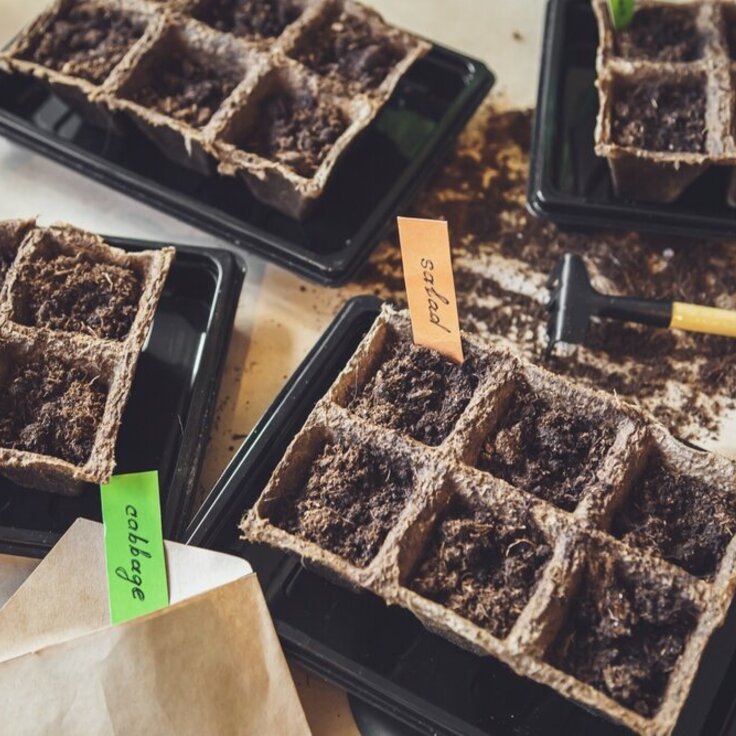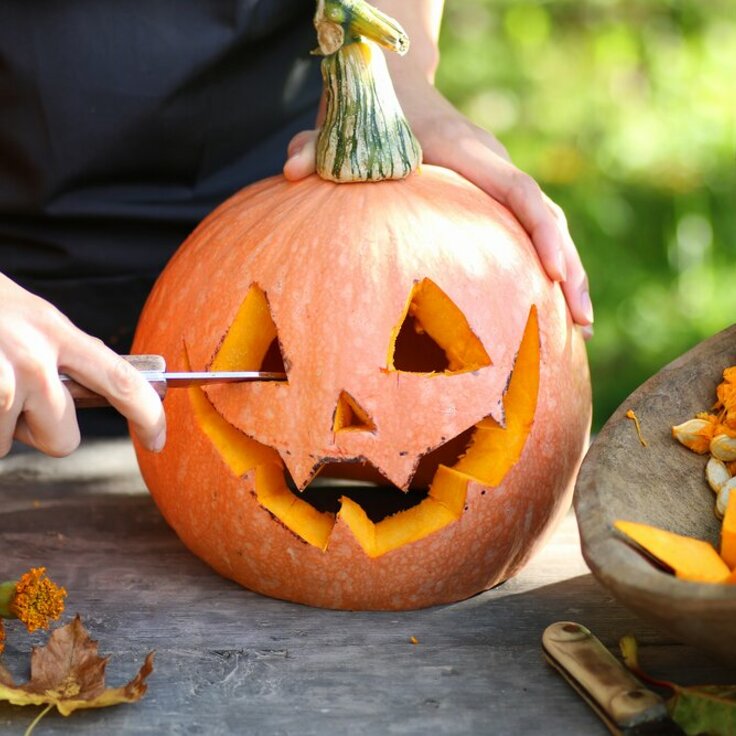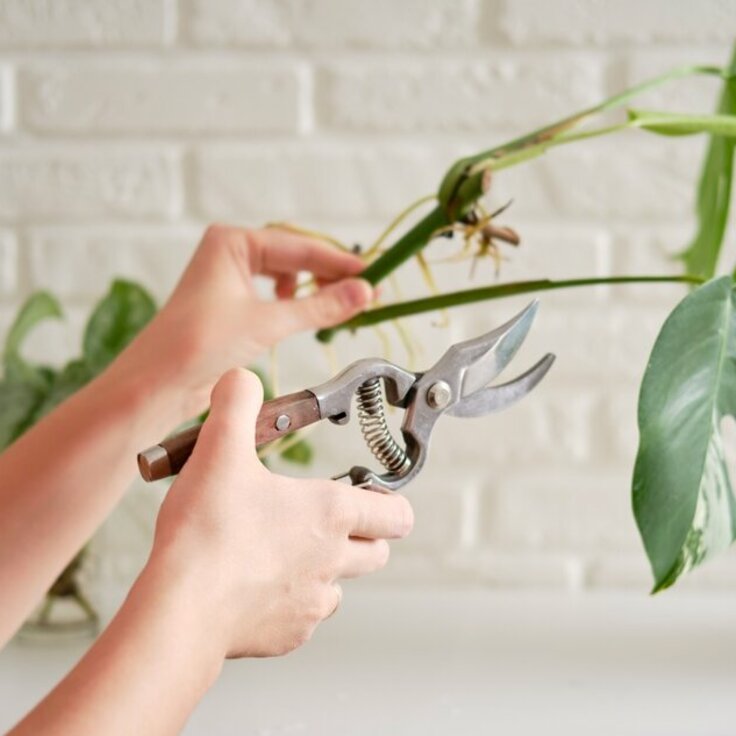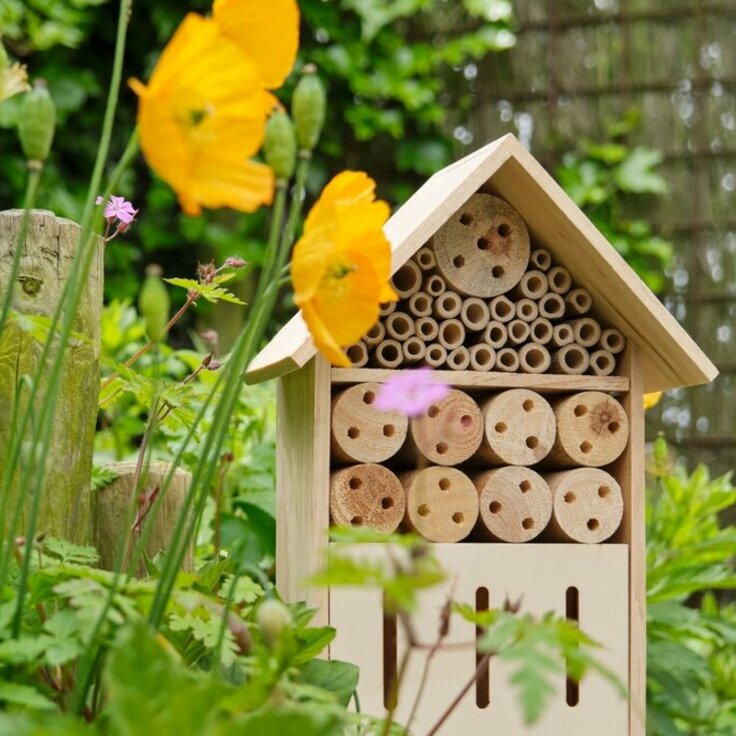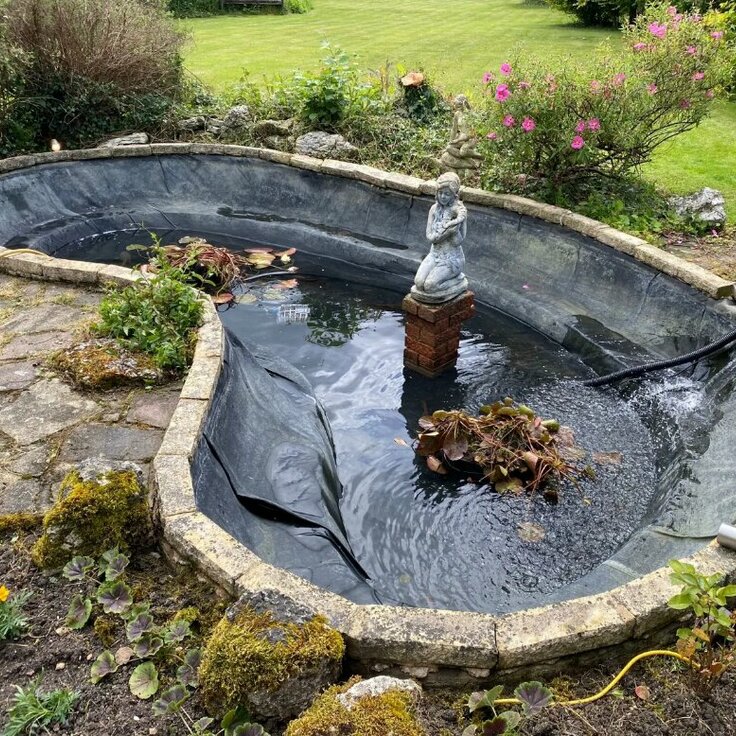3 things keeping your Orchids from blooming
Orchids are one of the prettiest ornamental flowers to have in your house. If they bloom, that is. One of the most common problems with orchids is that you may grow it to look healthy and established but it won’t bloom and what good is a carefully looked after orchid that hasn’t bloomed? Sometimes, buds might develop on your orchids, but instead of flowering out to reveal their full beauty, they shrivel up and fall off the plant.
Here are the 3 things that might be keeping your orchids from blooming:
1. No significant difference between night and day temperatures
If you are growing your orchid indoors, this is the leading reason your orchid might not be blooming. In their natural habitat, the evening temperature is at least 10°F to 15°F lower than daytime temperatures. It is this difference in temperatures during the 24 hours that stimulates the plant to start developing flowers.
A good way to find out if you are facing this problem is to place a maximum-minimum thermometer where your orchids are. Summer is the ideal time to plant your orchids because the evening temperature is a lot lower than the daytime temperature.
2. Lack of light or too much of it
In case you are growing Cattleya, Cymbidium or Dendrobium orchids, you need to make sure they receive adequate lighting in order for them to bloom. All three of these varieties are sensitive to light and might never bloom if they do not receive a sufficient amount of sunlight. If you are growing these orchids indoors in dim lighting, you need to grow light to supplement their growth and a healthy blooming.
Similarly, if you place your orchid under full sun, you will start noticing sunburned leaves. An orchid naturally starts blooming when the days start getting shorter in autumn. If you’ve kept your orchid in a room where the lights stay on all the time, the orchid might never take its cue to bloom. A good way to counter this is to use a timer to mimic the natural cycle of daylight and darkness.
3. Overly moist conditions during winter & lack of water during spring
Plenty of orchid varieties that we like to grow require a dry period during the winter season which lasts several weeks. In their natural habitat, the winter season is dry and this stimulates the plant to develop flowering buds. When winter passes and spring begins with rainfall and moist conditions, then allow the flowering buds to bloom and produce flowers.
So, if your orchid isn’t producing any flowering buds, refrain from watering it too much during the winter. However, during the spring season when the buds start to swell and taking in water, you must provide the plant with a sufficient quantity of water or else they might not be able to fully develop into flowers. A lack of water during this blooming period will cause the buds to shrivel up and fall off. Cold water may also cause the buds to fall off so always use water at room temperature.
Take a look at our bestsellers:

